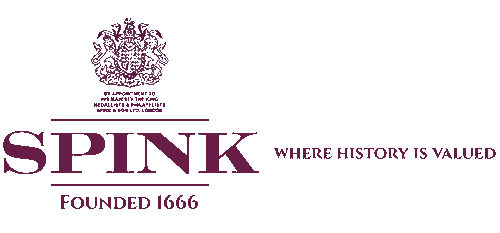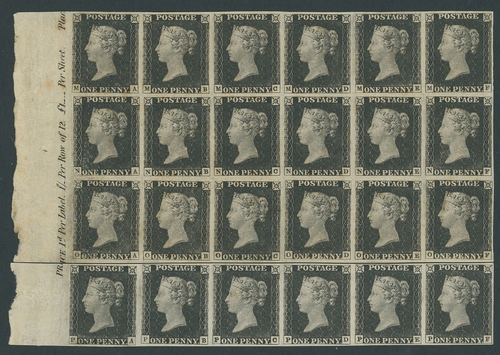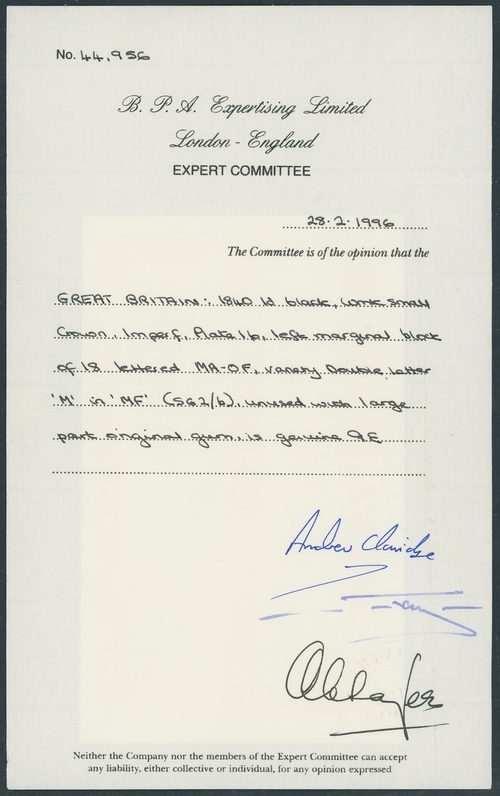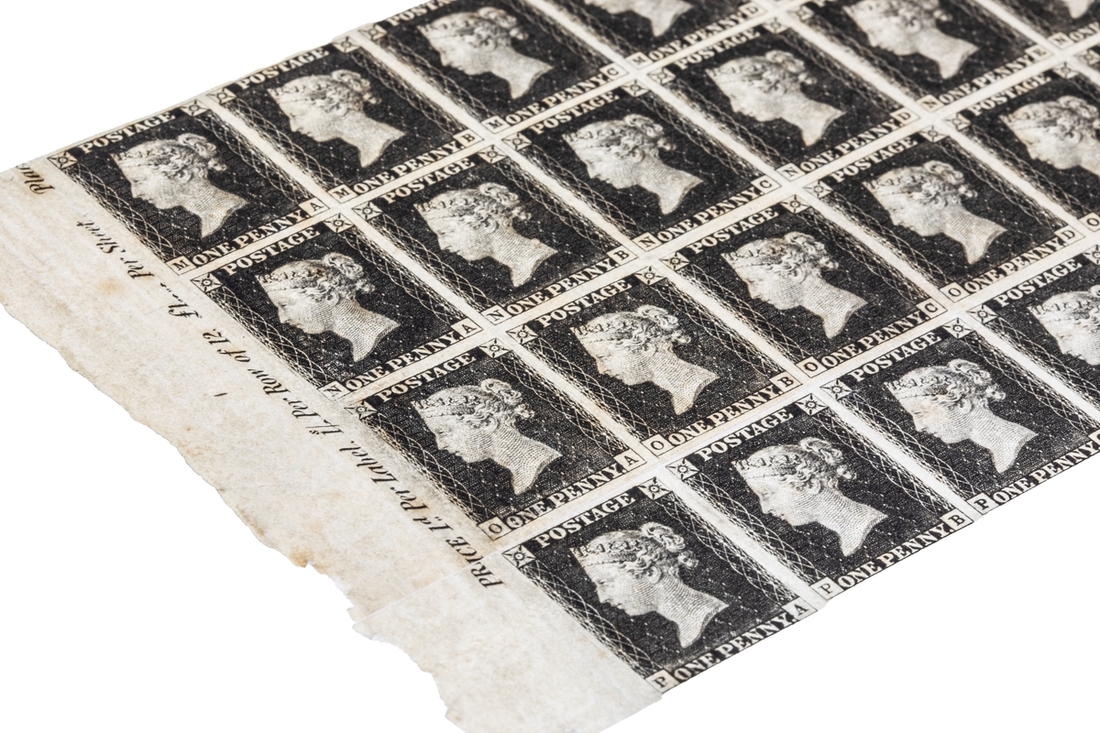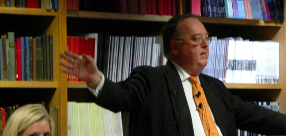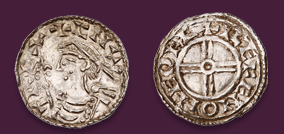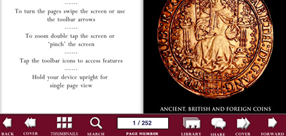Auction: 25360 - The 360th Anniversary Sale
Lot: 64
(x) THE JOINT LARGEST MINT MULTIPLE OF THE PENNY BLACK IN PRIVATE HANDS
Great Britain, 1840 One Penny Black, Plate 1b, Multiple of Twenty-Four comprising an MA-OF marginal block of eighteen from the left of the sheet, MF showing double letter 'M', with part sheet inscription "[
One or two small imperfections with slight bends, small thin spots and some foxing, all of which one might expect from a multiple of this size and an object of this age, otherwise unused with superb, large part original gum, one stamp with trifling ink mark on reverse. Offered together with the adjoining PA-PF horizontal strip of six unused without gum and pressed horizontal crease.
Although a total of over 68 million stamps were printed, surviving unused examples are rare, multiples rarer still; there are known a few strips and blocks of four and six though anything larger than this must be considered a great rarity. If one considers the reason for this for a moment, the existence of a large unused multiple is quite remarkable. The high quantity printed indicates, as we know to be true, a high rate of usage, therefore unknown examples must be rare. The original purchase of a large multiple is, in itself, unusual; the purchase of an entire sheet would have been the equivalent of three weeks wages for an average male worker. A large multiple would perhaps have been bought from the Post Office by a business or wealthy household as a stock of stamps to be used for their many letters, but again the intention would always have been to use the stock. The circumstances required for a large multiple to remain unused are, then, highly unusual.
In philatelic terms, the relative importance of this classic rarity cannot be overstated. Comparably, for the first two stamps of Great Britain, there are very few known mint multiples of this size remaining outside institutional collections. Of the Penny Black, The R.M. Philips Collection in the British Postal Museum houses a number of multiples including their largest, a block of forty-three 1d. black from Plate 3 and an equivalent block of twenty-four from Plate 1b; there exists another block of eighteen in private hands, and a block of twenty-four from Plate 7. In addition there is a larger block of 'V.R.' stamps, though the multiple shown here can be considered the largest multiple of the 1d. black from Plate 1b, and the joint largest multiple of the 1d. black from Plates 1-11 in private hands. From the Two Pence Blue printings, The Buccleuch block of forty-eight 2d. blue from Plate 2 is the largest block of this stamp in existence, sold by Spink privately for a seven figure sum; the Royal Collection houses a 2d. blue block of thirty-eight, .
When offered by Robson Lowe as part of the H. C. V. Adams collection in 1956 it achieved the highest hammer price in the collection - £600, followed closely by the extraordinary 1841-53 d. red-brown 'Black' Plate 10 complete mint sheet, which sold for £550. When sold in the famous Bill Gross collection, it was offered first as two separate lots: the block of eighteen and the strip of six; then as the combined multiple of twenty-four. The bidding for the combined multiple exceeded the total for the two separated lots, achieving a hammer price of USD 1,000,000.
Provenance
The Bill Gross Collection, Spink Shreeves (June 11, 2007), where it sold for USD 1,000,000
Dr. Pichai Burunasombati, Shreeves (15 March, 2001), under Pichai's ownership it was reunited with the adjoining strip of six at foot in his Grand Prix winning collection, forming the largest surviving multiple of the Plate in private hands.
H. C. V. Adams, Robson Lowe (15 February, 1956) and 'Daisy' - Christie's Robson Lowe (8 October, 1996) as a block of eighteen
Herbert Royle Collection, Plumridge, 1921 where it was offered as a mint block of thirty-six (MA-RF) from which these stamps first originate.
Subject to 5% tax on Hammer Price in addition to 20% VAT on Buyer’s Premium.
Estimate
£300,000 to £700,000
Starting price
£1666
